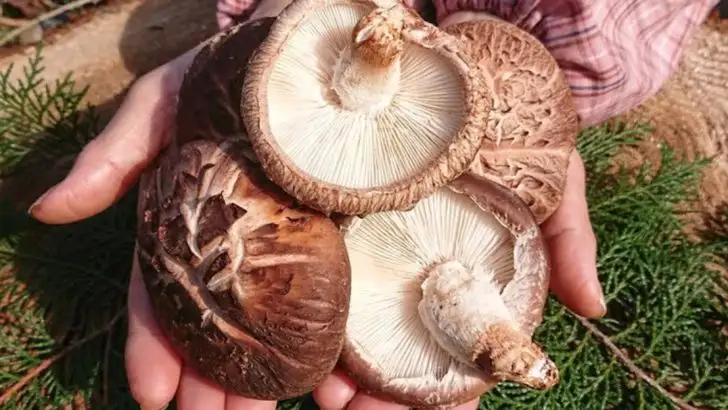Fungi are no longer just an odd garden visitor—many gardeners are now intentionally cultivating mushrooms and beneficial fungi for their unique benefits. From boosting soil health to providing delicious homegrown harvests, these fascinating organisms play a vital role in sustainable gardening.
In this article, we highlight 16 fungi that gardeners are now growing intentionally—and why. Whether you’re interested in gourmet mushrooms like shiitakes, mycorrhizal fungi for stronger plants, or even bioluminescent varieties for a magical glow, these fungi offer surprising advantages. If you’re curious about fungi-friendly gardening, these picks might inspire you to embrace the fungal revolution!
Shiitake Mushrooms
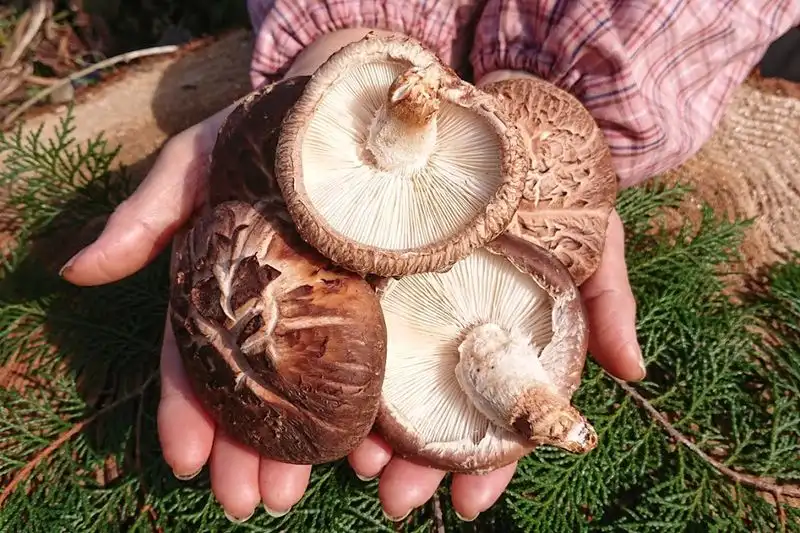
Renowned for their rich, umami flavor, shiitake mushrooms are a favorite among culinary enthusiasts. These fungi thrive on hardwood logs, making them an excellent choice for gardeners with access to woodland areas. The shiitake’s ability to decompose wood contributes to nutrient cycling in natural ecosystems. Gardeners appreciate their resilience, as they require minimal maintenance once established. Incorporating shiitake mushrooms into your garden not only satisfies gourmet cravings but also supports ecological balance. Their cultivation can also serve as a sustainable alternative to store-bought mushrooms, offering fresh harvests from your backyard.
Oyster Mushrooms
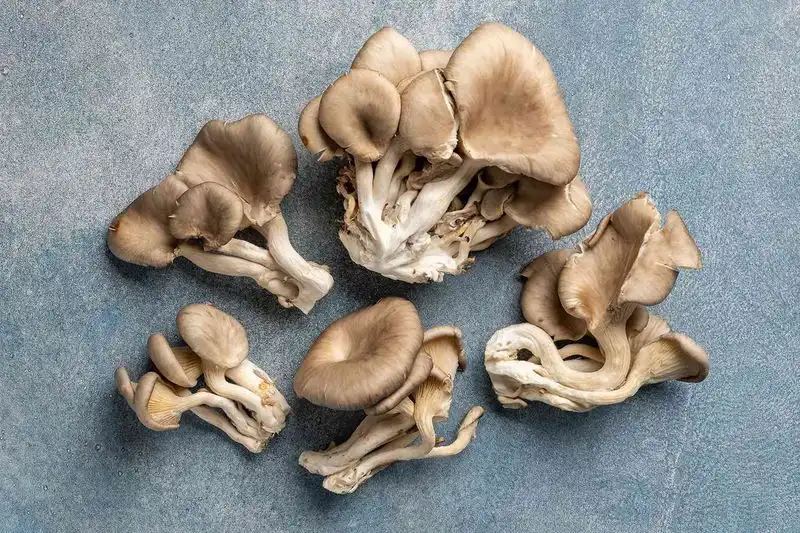
Oyster mushrooms are celebrated for their versatility in the kitchen, easily adapting to various cuisines. Known for their delicate texture and mild flavor, they grow swiftly on straw, sawdust, or coffee grounds. This adaptability makes them an appealing option for urban gardeners with limited space. Moreover, oyster mushrooms play a crucial role in breaking down organic matter, enriching the soil with nutrients. Their cultivation encourages sustainable practices by recycling waste materials. As a fast-growing species, they provide quick rewards, enticing gardeners seeking immediate gratification.
Lion’s Mane
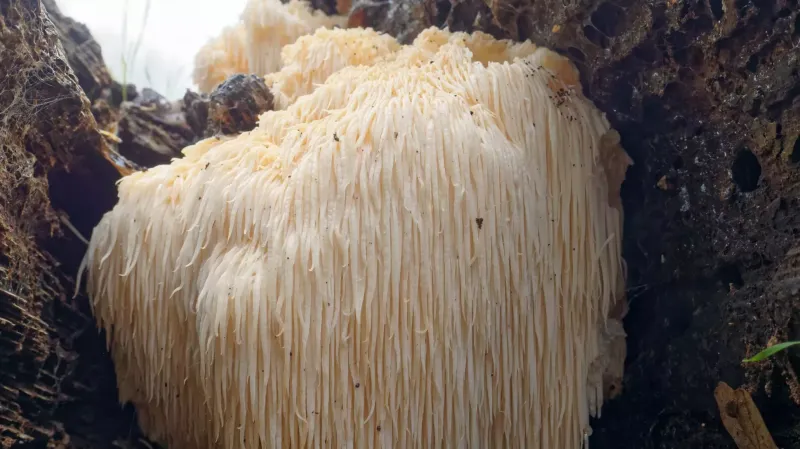
Lion’s Mane mushrooms captivate with their unique, cascading spines resembling a frozen waterfall. They are prized not only for their culinary appeal but also for potential health benefits, particularly in cognitive support. Thriving on hardwoods, they integrate well into woodland gardens. Gardeners value their unusual appearance, adding an exotic touch to their landscape. Beyond aesthetics, Lion’s Mane assists in the decomposition of dead wood, contributing to ecosystem health. With their intriguing form and reported health properties, they offer both visual and practical enhancements.
Reishi Mushrooms
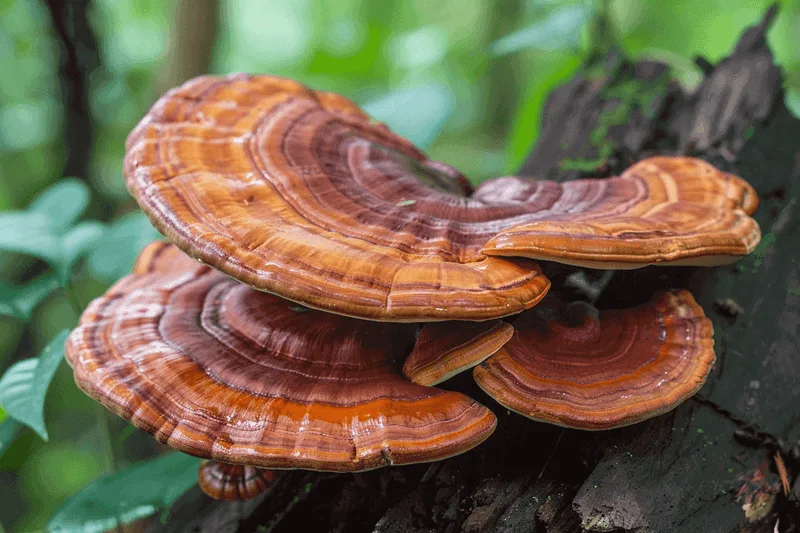
Reishi mushrooms, known as “mushrooms of immortality,” hold revered places in traditional medicine. Their glossy, varnished appearance adds a striking visual element to any garden. Cultivating reishi on hardwood stumps not only enhances garden aesthetics but also supports wellness practices. Gardeners appreciate their purported immune-boosting properties, incorporating them into holistic health regimens. These mushrooms are slow-growing but reward patience with their unique presence and potential health benefits. Reishi cultivation fosters a connection to ancient practices, enriching both garden and gardener.
Morel Mushrooms
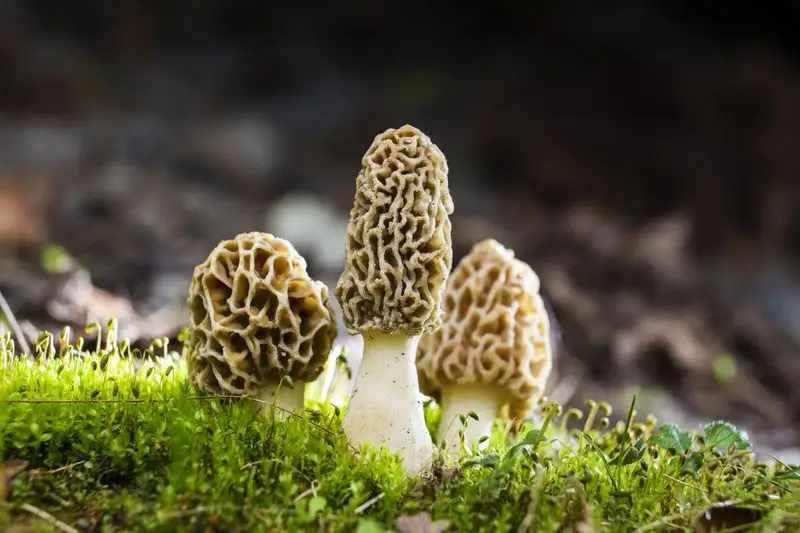
Morels are the crown jewel of springtime foragers, celebrated for their honeycomb appearance and savory taste. These elusive fungi can be cultivated under specific conditions, often requiring a symbiotic relationship with certain trees. Gardeners treasure morels for their gourmet status, adding a touch of luxury to home-cooked meals. Their presence signals a healthy, biodiverse ecosystem, as they thrive in symbiosis with trees. Though challenging to cultivate, the reward of fresh, homegrown morels is unmatched, offering a true delicacy for the dedicated gardener.
Maitake (Hen of the Woods)
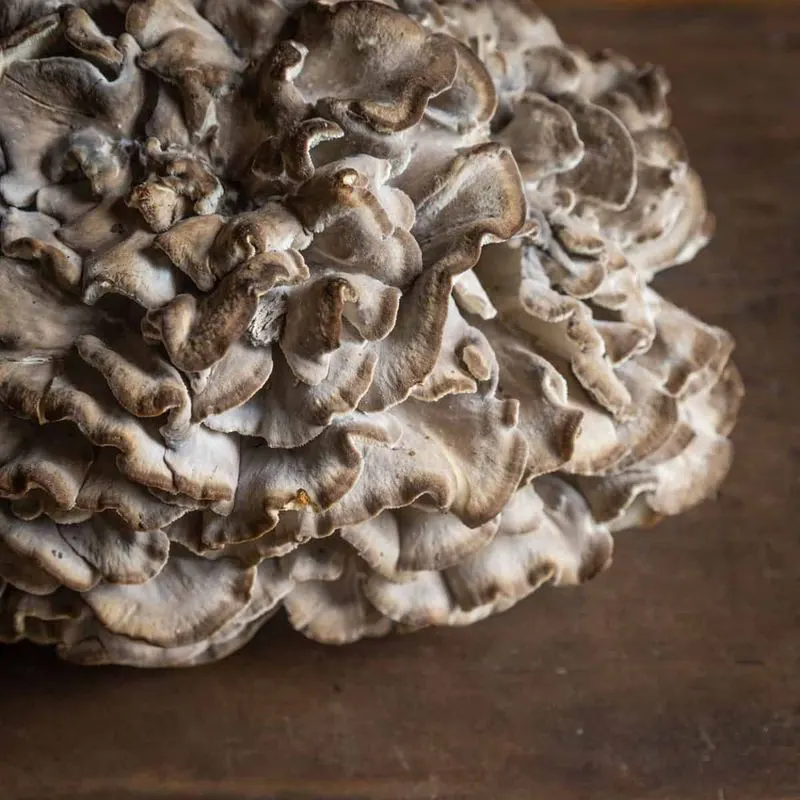
Maitake mushrooms, often dubbed “Hen of the Woods,” are cherished for their meaty texture and rich flavor. These mushrooms grow at the base of hardwood trees, particularly oaks, making them ideal for forest gardens. They are known for their immune-supporting properties and culinary versatility. Gardeners favor maitake for their abundant harvest and the benefits they contribute to tree health. By forming symbiotic relationships, maitake mushrooms enhance nutrient exchange and improve soil structure. Their presence in a garden signifies a thriving, interconnected ecosystem.
Enoki Mushrooms
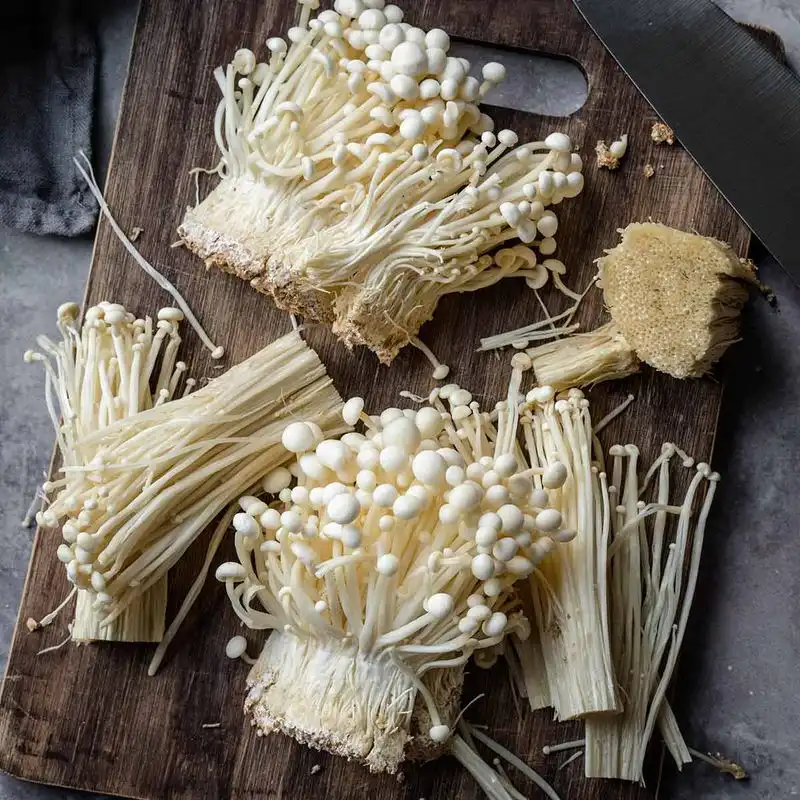
Enoki mushrooms, with their slender stems and tiny caps, offer a crunchy texture and mild flavor. These mushrooms grow in cooler conditions, often cultivated in dark, controlled environments to maintain their signature white color. Enoki’s preference for cooler climates makes them suitable for gardeners in northern regions. Their cultivation is straightforward, providing a steady supply of fresh mushrooms for soups and salads. Enoki mushrooms also exemplify the integration of traditional and modern cultivation techniques, bridging the gap between ancient practices and contemporary gardening.
Chanterelle Mushrooms
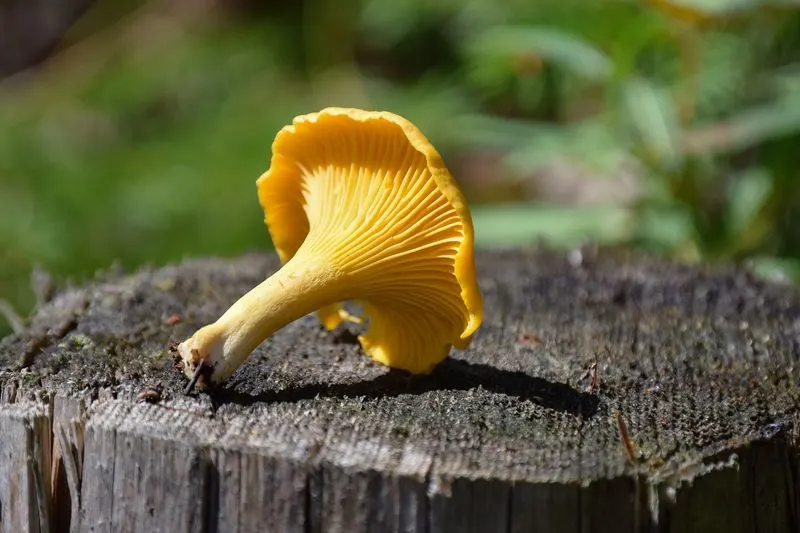
Chanterelle mushrooms are prized for their vibrant color and fruity aroma, often likened to apricots. These fungi grow in symbiosis with trees, forming beneficial partnerships that enhance soil fertility. For gardeners, cultivating chanterelles means inviting a piece of the wild into their gardens. They are sought after by chefs and home cooks for their unique flavor profile. Chanterelle cultivation requires patience and understanding of forest ecosystems, rewarding those who succeed with a harvest that elevates culinary creations.
Shaggy Mane Mushrooms
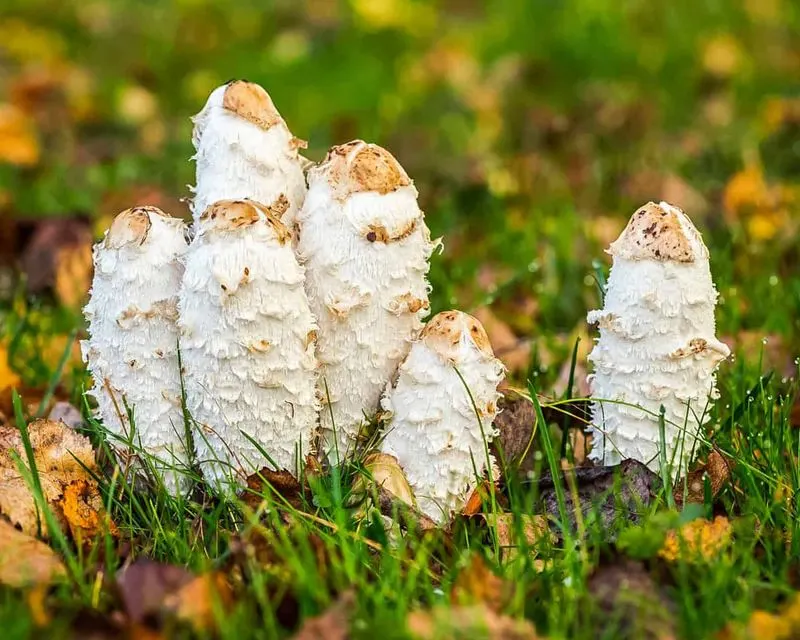
Shaggy Mane mushrooms, known for their elongated caps that dissolve into ink as they mature, are a gardener’s delight. These intriguing fungi often appear in grassy areas after rain, adding a whimsical touch to landscapes. They are favored for their delicate flavor, ideally harvested young for culinary use. Shaggy Mane’s ephemeral nature encourages gardeners to observe their environment closely, appreciating the transient beauty of fungi. These mushrooms also contribute to soil health by breaking down organic matter, enriching the garden ecosystem.
Turkey Tail Mushrooms
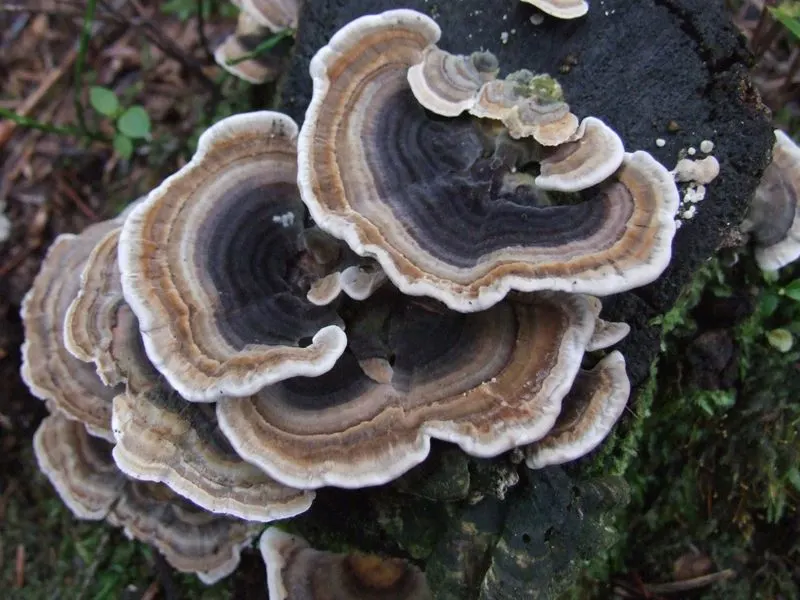
Turkey Tail mushrooms, with their distinctive concentric rings and vibrant colors, are a festival for the eyes. Known for their immune-supportive properties, these fungi thrive on dead logs, playing a crucial role in decomposition. Gardeners cultivate turkey tails for both their medicinal potential and their aesthetic appeal. Their growth on decaying wood highlights the cycles of life and death in nature, teaching valuable lessons in sustainability. Turkey Tail mushrooms are a testament to the beauty and utility of fungi in garden ecosystems.
Cordyceps Mushrooms
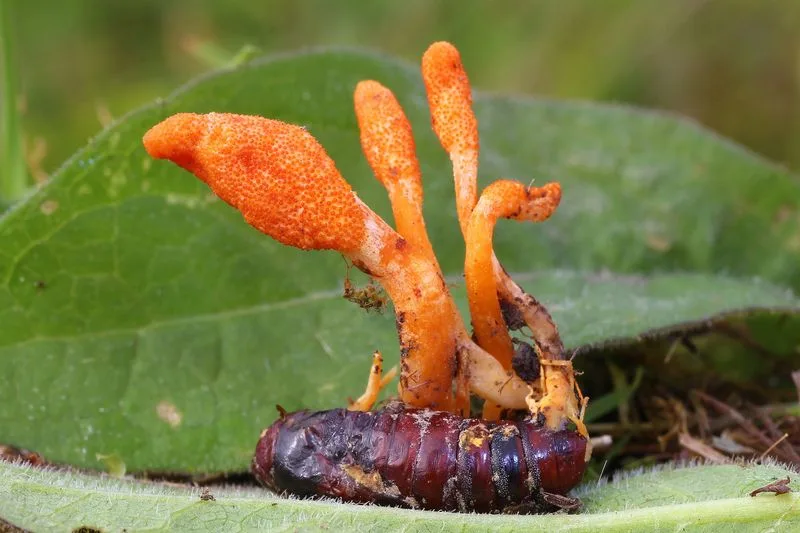
Cordyceps mushrooms are as fascinating as they are useful, with a lifecycle that involves parasitizing insects. These fungi are renowned for their potential energy-boosting and endurance-enhancing properties. For gardeners, cultivating cordyceps requires understanding their unique biology and lifecycle. Despite the challenges, the reward is a mushroom that offers both intrigue and potential health benefits. Cordyceps remind us of the intricate web of interactions within ecosystems, showcasing the balance of nature. Their cultivation represents a blend of curiosity and commitment.
King Trumpet Mushrooms
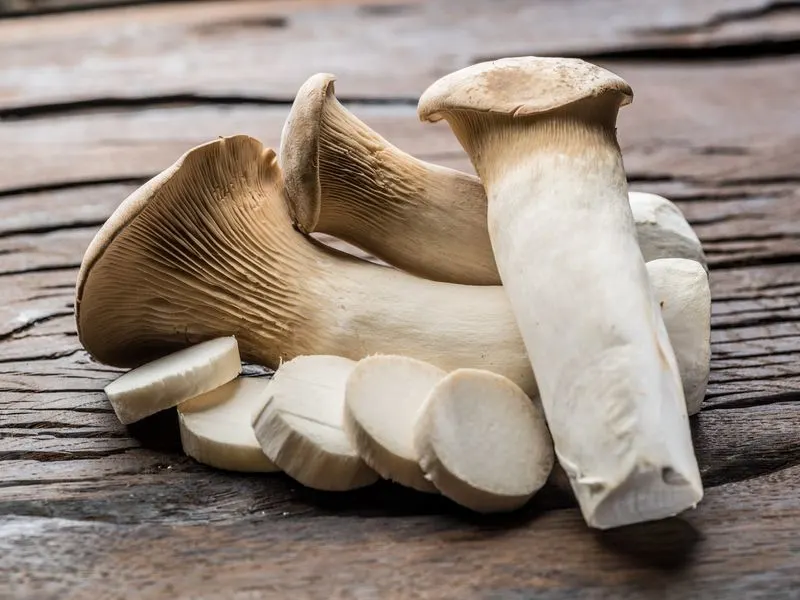
King Trumpet mushrooms, also known as King Oyster, are celebrated for their robust size and savory taste. Their thick stems and small caps deliver a satisfying culinary experience, often used as a meat substitute. Gardeners value them for their straightforward cultivation on various substrates, including straw and sawdust. King Trumpets contribute to soil health by decomposing organic material and releasing nutrients. Their cultivation is a nod to sustainable practices, offering a delicious, plant-based option for gardeners seeking to diversify their garden’s bounty.
Black Trumpet Mushrooms
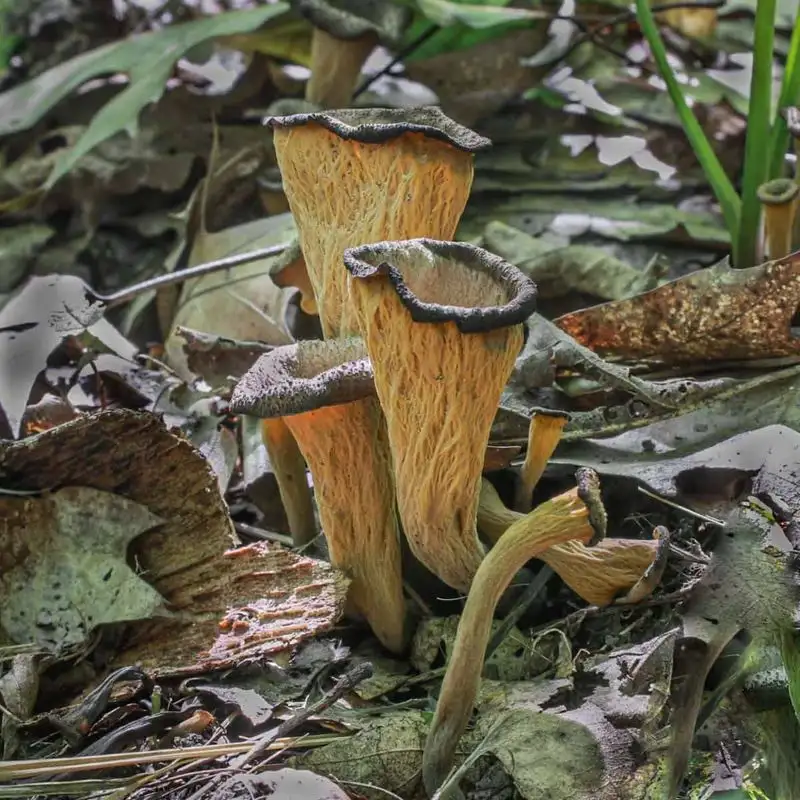
Black Trumpet mushrooms, often referred to as the “truffle of the poor,” are elusive yet highly desirable for their earthy flavor. These fungi blend seamlessly into their surroundings, making them a rare find in the wild. Gardeners who succeed in cultivating black trumpets enjoy a gourmet treat that elevates dishes with its intense aroma. They grow in symbiosis with trees, contributing to a biodiverse garden environment. The challenge of growing black trumpets is rewarded with a culinary gem that delights chefs and food enthusiasts alike.
Beech Mushrooms
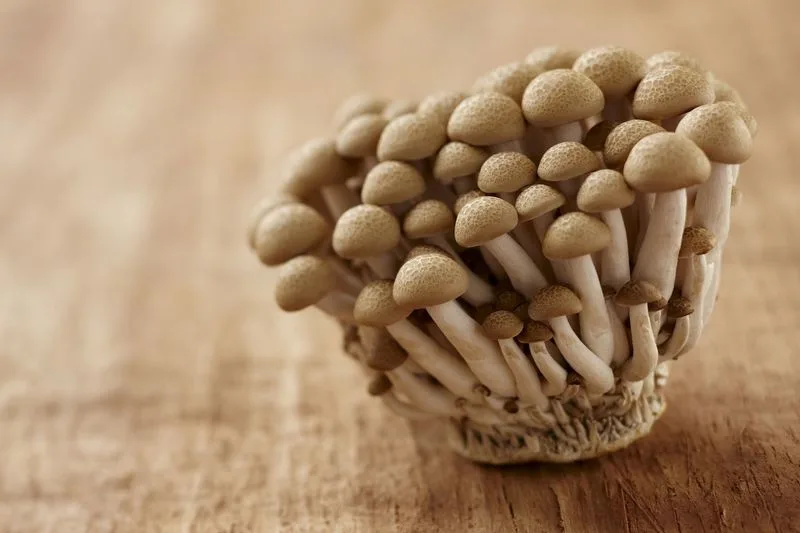
Beech mushrooms, both white and brown varieties, are known for their crunchy texture and delicate flavor. These mushrooms thrive in controlled environments, making them ideal candidates for indoor gardening. They require specific growing conditions, including temperature and humidity control, to flourish. Gardeners appreciate beech mushrooms for their year-round availability and culinary versatility. Their cultivation encourages the exploration of indoor gardening techniques, broadening the scope of what can be achieved in limited spaces. Beech mushrooms offer an opportunity to enjoy fresh produce regardless of season.
Wood Ear Mushrooms
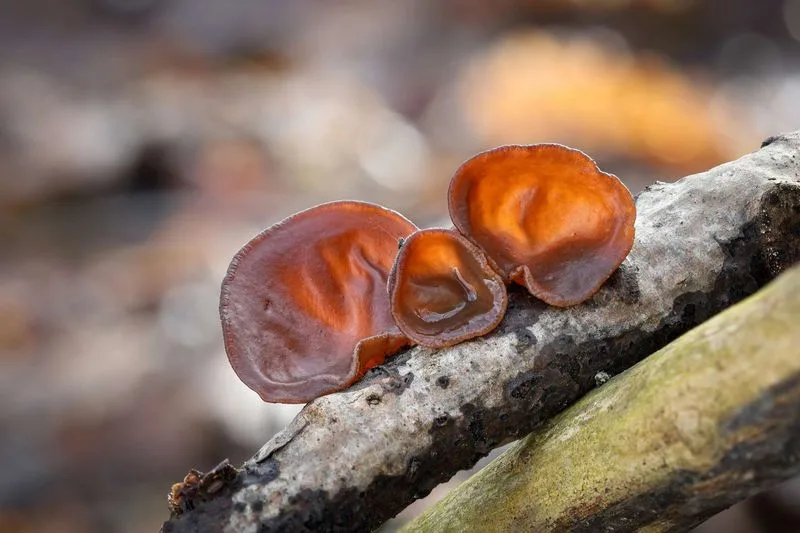
Wood Ear mushrooms are a staple in Asian cuisine, prized for their unique texture rather than flavor. These translucent fungi grow on decaying wood, often found in humid environments. For gardeners, cultivating wood ears involves replicating these conditions, enhancing their garden’s diversity. They contribute to decomposition processes, playing a role in nutrient cycling. Wood Ear mushrooms offer a tactile culinary experience, often included in soups and stir-fries. Their presence in the garden serves as a reminder of the interconnectedness of ecosystems and the value of fungi.
Jelly Ear Mushrooms
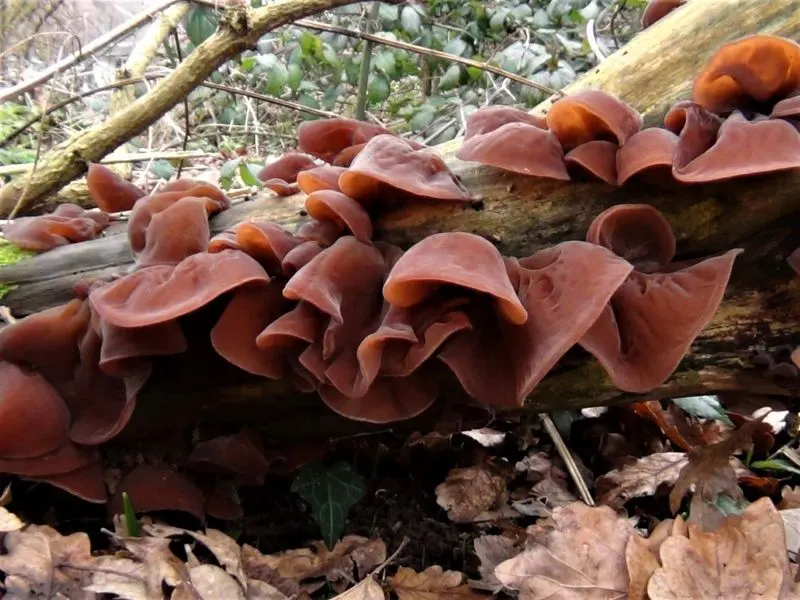
Jelly Ear mushrooms, with their ear-like shape and gelatinous texture, intrigue both gardeners and cooks. These fungi thrive on decaying wood, particularly elder trees, contributing to nutrient cycling. Gardeners value them for their unusual appearance and the contributions they make to soil health. Jelly Ear mushrooms are used in various culinary applications, appreciated for their texture in soups and salads. Their cultivation reflects a commitment to understanding and nurturing the less conventional aspects of the garden ecosystem, showcasing the diversity fungi bring to gardening.

